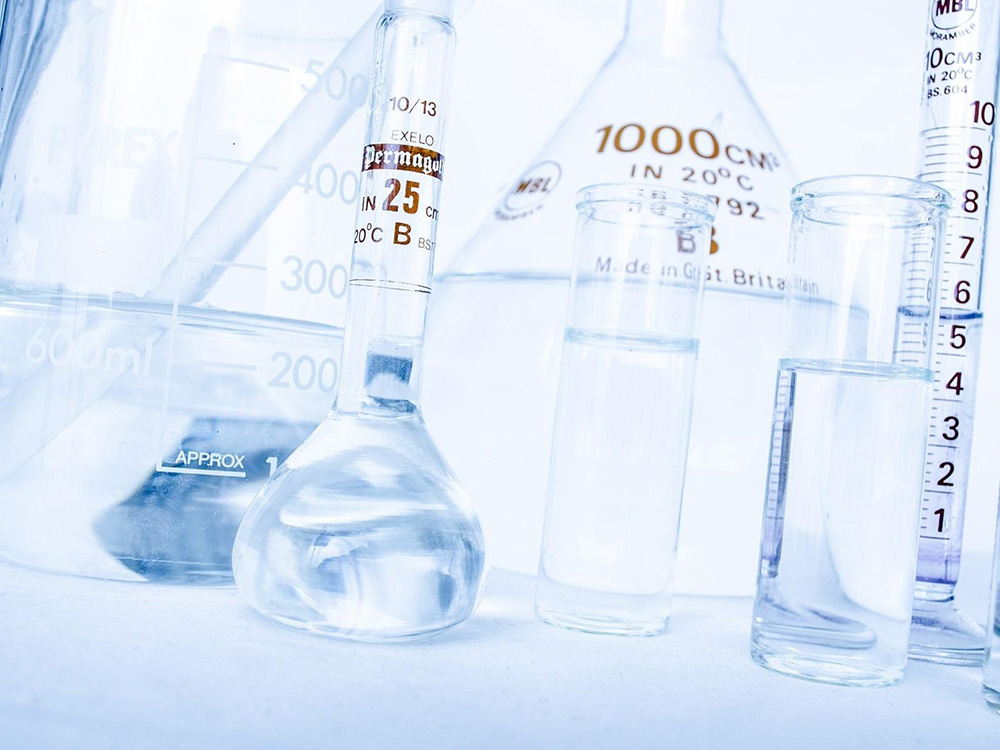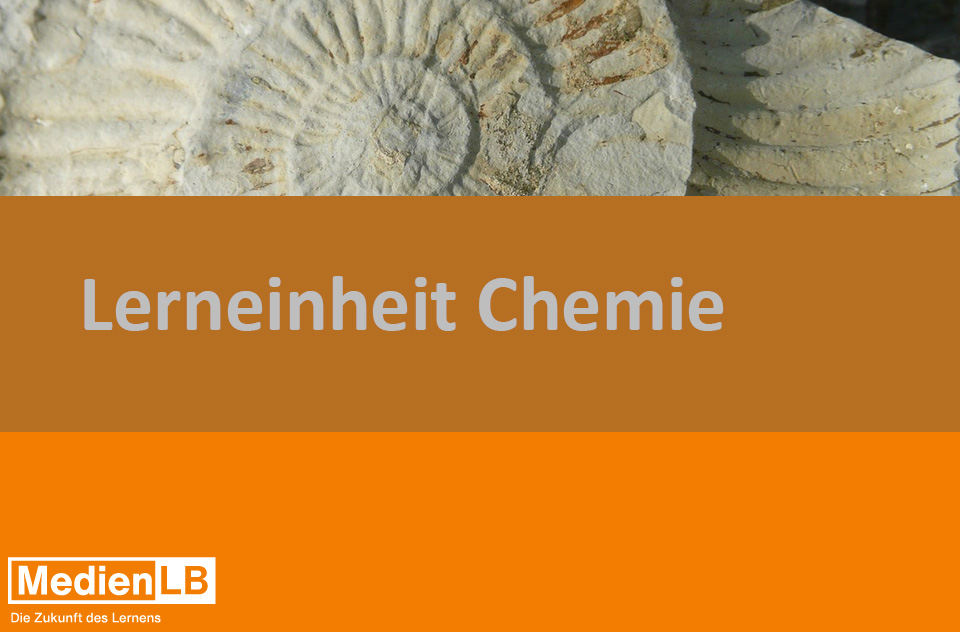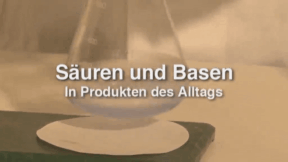 Chemistry
Chemistry

55502480
Eigenschaften von Stoffen
In 10 interaktiven Modulen und in interaktiven Videos wird Wissen zu den Themen Stoffe und ihre Eigenschaften, Gemische, Gemenge und Lösungen vermittelt und abgefragt.
Das Medium bietet H5P-Aufgaben an, die ohne zusätzliche Software verwendbar sind.
Durch interaktive Aufgabentypen wird das audiovisuelle und interaktive Lernen einfach.
Lernen macht jetzt Spaß!
Included Tasks
- I Chemische Eigenschaften - Interaktive Aufgabe
- II Teilchenmodell - Interaktive Aufgaben
- III Dichte - Lückentext
- IV Verständnis durch Modelle - Interaktives Video
- V Härteskala nach Mohs - Interaktive Aufgabe
- VI Überall Gemische - Interaktives Video
- VII Gemenge - Wortgitter
- VIII Reinstoffe und Gemische - Bildzuordnung
- IX Destillation - Interaktive Aufgaben
- X Löslichkeit - Lückentext
Curriculum-centred and oriented towards educational standards
Matching
Aluminium I
In the modern world, we encounter aluminium at every turn. This is due to the particular properties of the metal. Increasingly, aluminium is about to edge iron and steel out of engineering, as aluminium allows energy-saving lightweight construction of aircraft and vehicles of all kind. Aluminium is weather-resistant, does not rust and is therefore well suited as building material for house facades, window frames or simply for all parts that are exposed to wind and weather. At the same time, aluminium has a noble-looking surface recommending it as material for interior design.
Lerneinheit Chemie 8 – Kalk
In unserem Arbeitsheft „Lerneinheit Chemie 8 – Kalk“ finden Sie 10 interaktive und didaktisch aufbereitete Aufgaben zum Thema Kalk.
Acids and Bases
We can find acids and bases in every supermarket, some of them in our food, others in cleaning agents. In everyday products, acids and bases as well as acidic and alkaline reacting salts have extremely different functions. In food, acids are either present or added as flavouring agents such as citric acid, tartaric acid and acetic acid, as antioxidants such as ascorbic acid or generally as acidifiers, sequestrants (citric acid and tartaric acid) and preservatives (acetic acid).








